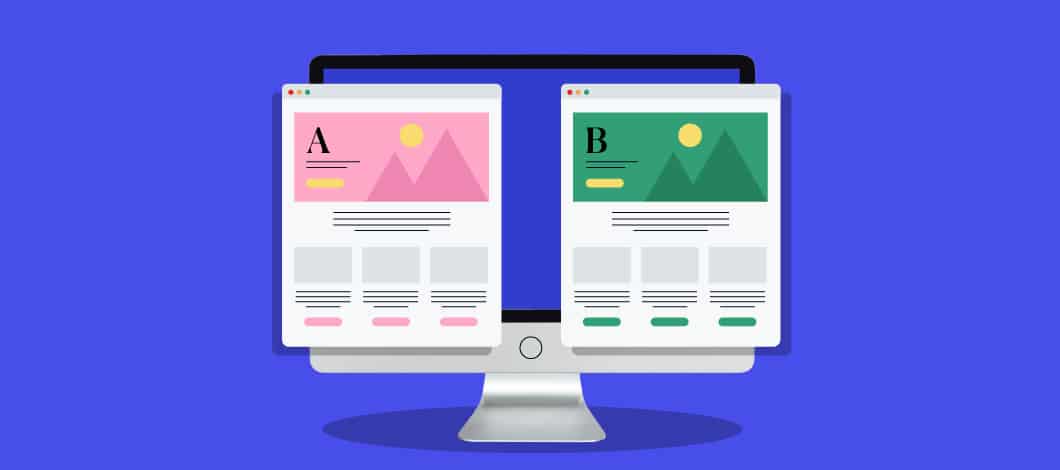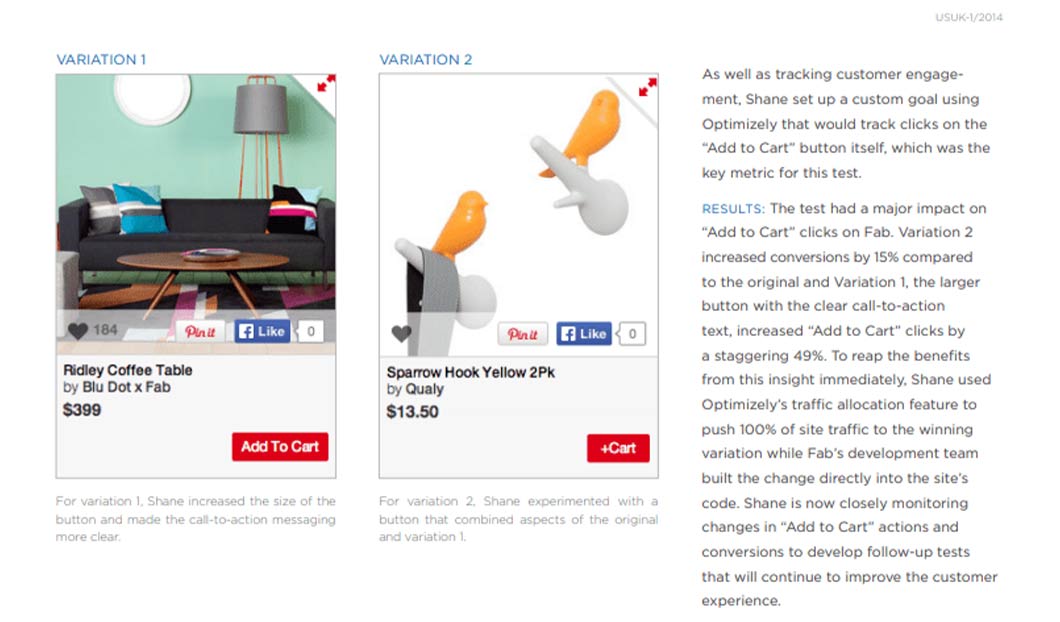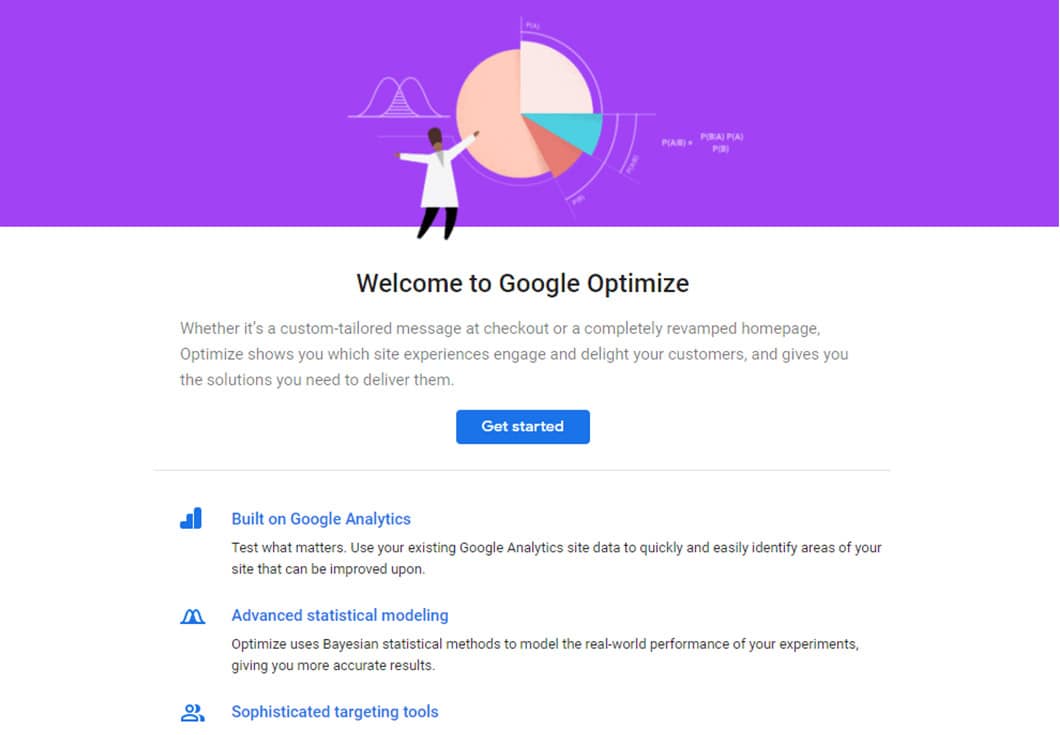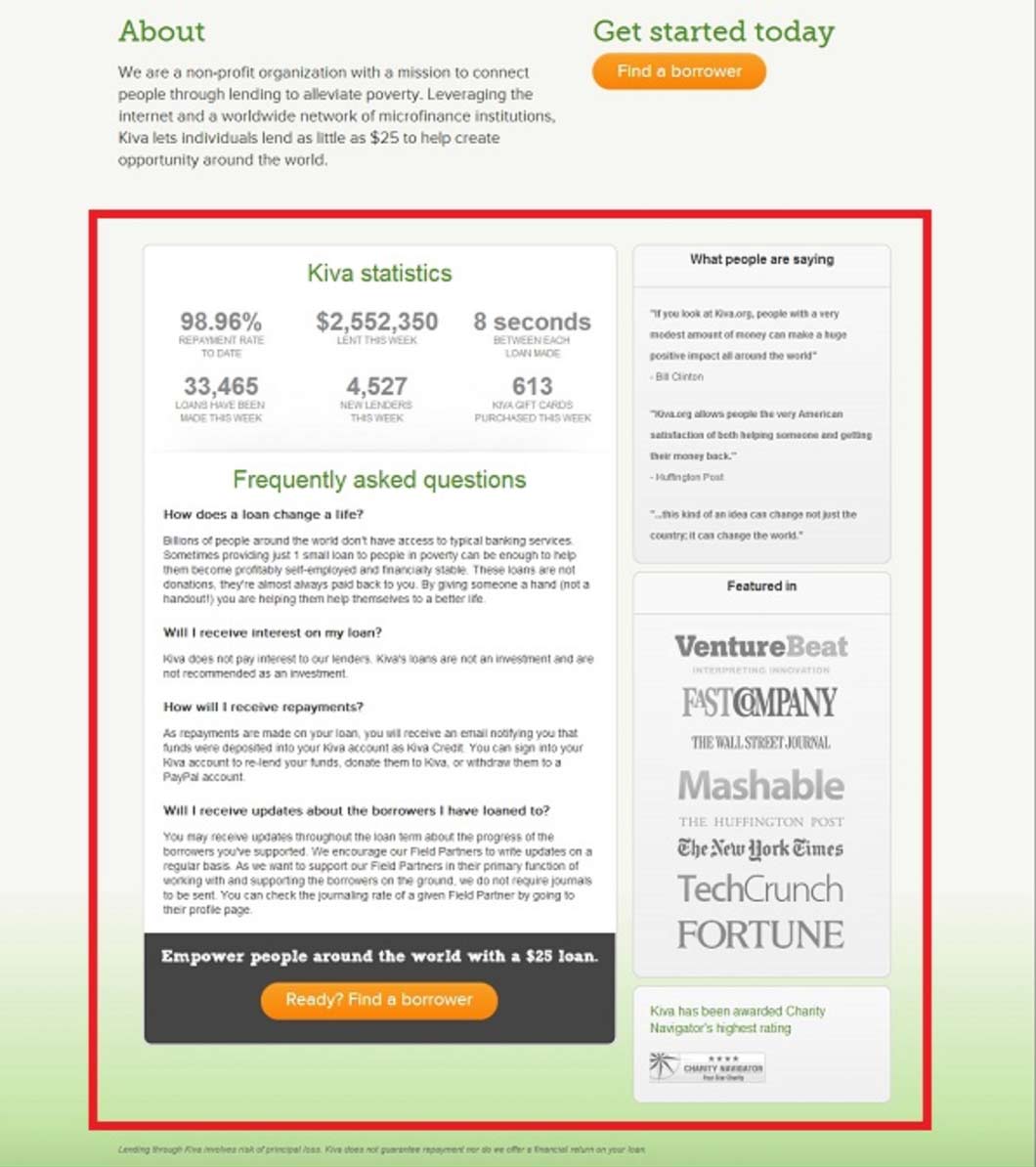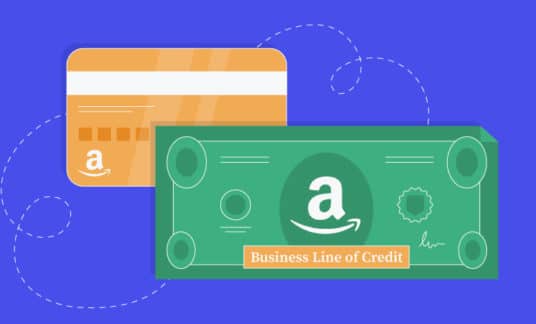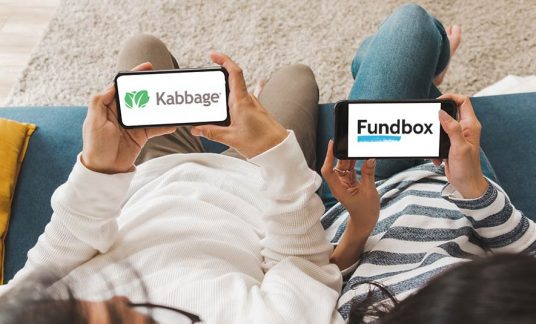A/B split testing is a marketing term that tends to scare new entrepreneurs. But once they figure out what it is and what it can do for their business, they realize it isn’t that complicated and can lift your company to new heights.
If you want to increase your sales, you’ll need to conduct landing page A/B testing. We’ll show you how anyone — regardless of experience — can do it.
What Is A/B Testing?
A/B testing (also known as split testing) is the process of creating 2 versions of something, say a landing page on a website, and showing them to separate groups. The goal is to see which version performs better.
The quickest way to explain A/B testing is through a scenario:
You have 2 versions of a page. They’re near identical with the only difference being the Buy button color. Version A uses a green background color while Version B uses gold.
To determine which button color works, you show a group Version A while another group gets Version B. Whichever version gets more conversions wins. You can start rolling the winning version out or carry out more tests.
For example, Optimizely tested the call-to-action (CTA) button to see which will generate better results.
That’s what A/B split testing is in a nutshell.
A/B Testing Explained
We used button colors in the example above. However, you can test just about any element of your landing page. You could test headlines, copy, font size, length, the CTA — pretty much any landing page element you want.
All you need to start is an A/B testing hypothesis. If you think there’s something you could change that would improve your sales, you can use landing page A/B testing to confirm your theory.
For example, if you’re wondering if people prefer “Merry Christmas” or “Happy Holidays,” you could test it like the folks over at ConversionVoodoo did in their subject lines.
However, take note: Split testing isn’t perfect. It’s possible to misinterpret the data. And if you do, you could end up implementing landing page changes that do you more harm than good.
What Are the Challenges of A/B Testing?
Some of the challenges you could face especially if you’re new to building an A/B testing framework include:
- You could end up testing irrelevant landing pages. You should only A/B test design for landing pages that have an effect on your conversion. If you’re testing pages outside your marketing funnel, you’ll waste your time and resources. A marketing funnel is a series of landing pages that starts with lead generation and ends in conversion.
- You could come up with the wrong A/B testing hypothesis. You’ll end up with better results if you base your hypothesis on hard data. Use your analytics to come up with elements to test.
- You could run too many tests. The point of split testing is to see which elements contribute to better conversions. But if you test too many elements at once, you’ll have a difficult time figuring out which element led to more sales.
- You could mess up the timing. If you’re running a seasonal business, for example, you don’t want to test results between high- and low-peak periods. You want the parameters of your testing to be as close as possible.
Of course, a big challenge in A/B testing isn’t knowing how to run a test to begin with. But don’t worry. It isn’t as complicated as you might think.
How Do You Perform an A/B Test?
Here’s everything you need to know about how A/B testing works:
Step 1: Prepare for Split Testing
Find a variable that you want to test, come up with a goal and then use data to come up with an A/B testing hypothesis. Your objective at this point is to determine the following:
- Control — This is the original version of the landing page you’re testing.
- Variation — This is the modified landing page that you’ll use to test your A/B testing hypothesis.
- Test Groups — You’ll have to identify which groups will be part of your testing. For example, if you’re testing a newsletter, then you’ll have to divide your email list into groups. This includes determining the sample size.
- Objective — State what you want the test to prove. You also want to establish the parameters for success.
Remember, you only want to test a single hypothesis. Finish the first test before launching another.
Step 2: Find an A/B Testing Tool
The best A/B testing tools have a few things in common. They’ll allow you to easily configure landing pages for testing. Also, they have built-in monitoring tools to help you keep track of your progress.
Good A/B testing tools also help with the deployment of your campaign. This makes sure that all tests run smoothly while you work on other aspects of your business.
If you have the capability to launch 2 versions of a landing page either through an in-house web design team or an agency, then maybe you don’t need an A/B testing tool. In this case, you can use Google Analytics to monitor your A/B test design.
You also can use Google Optimize to test pages.
Step 3: Launch the Control and Variation at the Same Time
You can’t launch your campaign separately. It’s important that both versions launch on the same day and time. You also will want to consider the season of the year, the month, and the week especially if you’re comparing data from the previous calendar year.
How long should your A/B tests run?
When launching an A/B test, you want to give it enough time to gather data. Depending on your goal, you should give it a day up to a week if necessary.
To help quantify the results, some marketers ask customers to answer a quick survey to ask about the whole experience. You could inquire about what they liked about the landing page or what design elements or functionalities they’d like to see in the future.
This could give you direction as to what else to test after your current campaign comes to a close.
Step 4: Analyze the Results
After you conclude your testing, you can start analyzing the results of your campaign.
If you’re using an A/B testing tool, the results will be in the analytics section. It will show you the difference between the control and the variation and how much more effective Version A is than Version B.
What you do next is entirely up to you. If the variation’s performance improves conversions, then you should consider updating the control. Or if you want to do more tests, then you should come up with a new hypothesis and see if you should make more changes to your landing page.
How to Interpret A/B Testing Results
Take a look at the results presented by your A/B testing tool. What you need to check will depend on your objectives.
Here are some of the factors that you could look into:
- Site Visits — This tells you how many people visited your landing page.
- Conversions — This shows you how many people acted on your offer.
- Conversion Rate — This is the percentage of users who acted on your offer.
We should note that conversions don’t necessarily refer to people buying your product. It could be anything based on what your goals are. It could be people signing up for a newsletter. Or it could also be people registering for an event. In some cases, it’s the number of people downloading an ebook.
You could set your goals using your A/B testing tool. It will show you if you met your goals right after the campaign closes.
Why Do You Need to Do A/B Testing?
Because even the smallest change can have a huge impact on your conversions.
Take this case study of Kiva.org, where it made a conversion increase rate of 11.5% at over 95% confidence. What did the microlending nonprofit do? It added statistics and an FAQ section on its landing page.
And there are so many things you could test. You could check your headlines, your content, call-to-action, images, videos, email subject lines, article length, page length, metadata, product descriptions, lead-generation forms and emails, among other things.
If your landing pages aren’t getting as many conversions as you think they should, there could be something wrong with the page. People aren’t converting for a reason.
You could avoid this scenario by testing and following A/B testing best practices. After all, it isn’t really that hard especially if you’re using the right A/B testing platforms.
So, if you’re new to online marketing and you’ve always wondered if you can pull off A/B split testing, hopefully, you’ve gained enough confidence to give it a shot. With the right tool and knowledge, you can make significant, data-driven changes to your landing pages that will improve your landing page conversions.
We suggest that you start testing small changes at first and work your way to larger improvements.



